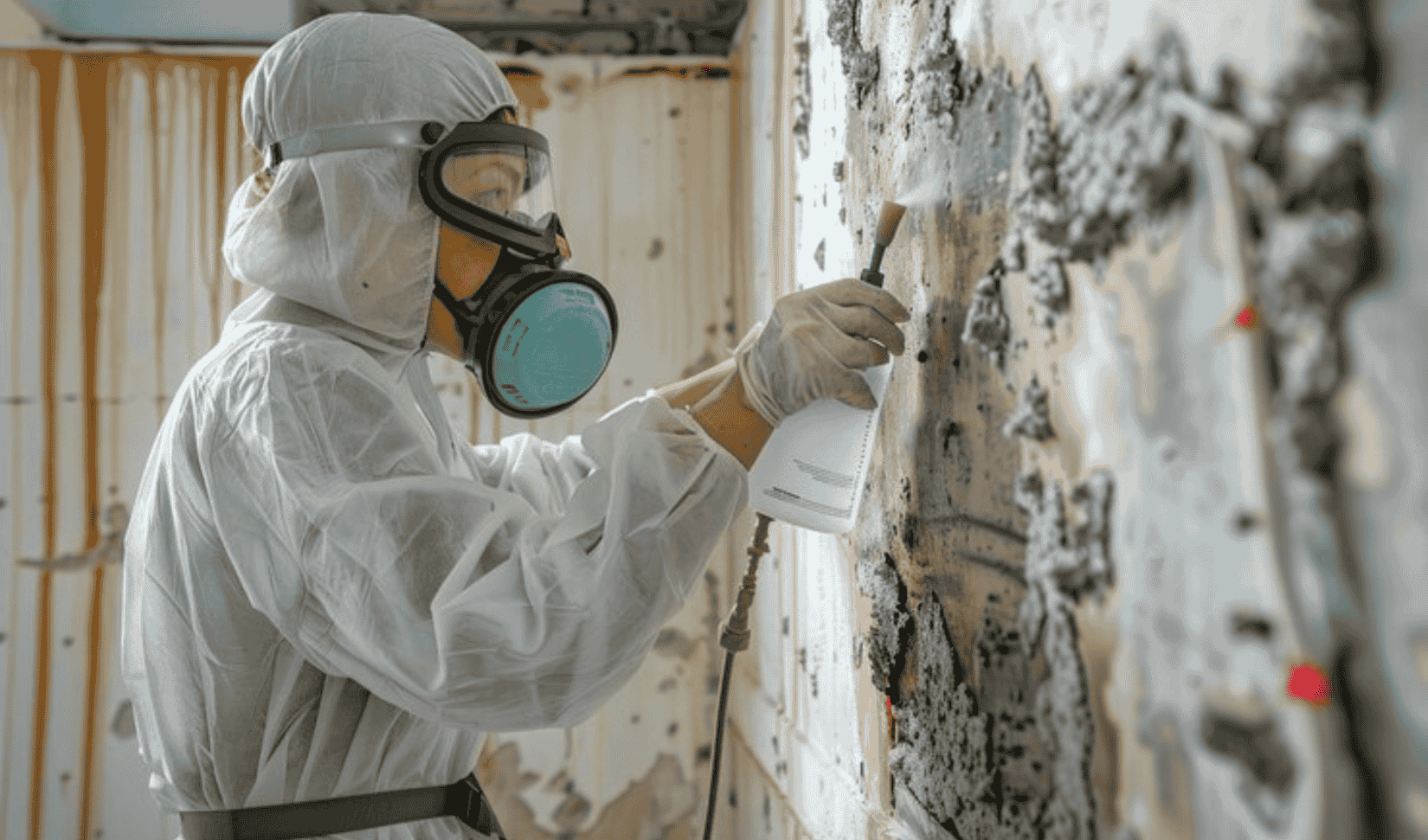
As a homeowner residing in Central Alberta, ensuring the safety and well-being of your family is of paramount importance. If your residence was constructed prior to 1990, there exists a possibility that it may contain asbestos, a hazardous substance recognized for its potential to cause severe health complications. Consequently, it is imperative to comprehend the asbestos testing procedure to maintain a secure living environment. This comprehensive guide will provide a detailed overview of the step-by-step process of asbestos testing, elucidating the anticipated outcomes and necessary preparations.
What is Asbestos and Why is Testing Necessary?
Asbestos is a group of naturally occurring minerals that were once widely utilized in construction due to their exceptional heat resistance and strength. However, when asbestos-containing materials are disturbed, they release microscopic fibres that can be inhaled, leading to severe respiratory illnesses such as asbestosis, mesothelioma, and lung cancer.
In Central Alberta, numerous older homes may contain asbestos in insulation, flooring, roofing, and other materials. Testing for asbestos is indispensable before undertaking any renovations, repairs, or demolitions to prevent the inadvertent release of hazardous fibres.
Step 1: Initial Assessment
The initial phase of asbestos testing involves an initial assessment of your property. A qualified professional will conduct a visit to your home to evaluate areas with potential asbestos exposure. This preliminary inspection concentrates on identifying materials that are most likely to contain asbestos, such as popcorn ceilings, vinyl floor tiles, and attic insulation.
For homeowners in Central Alberta, it is highly recommended to engage the services of a local expert who possesses a comprehensive understanding of the prevalent building materials utilized in the region’s homes. This specialized knowledge can expedite the assessment and direct efforts towards the most probable sources of asbestos.
Step 2: Sample Collection
Upon the identification of potential asbestos-containing materials, the subsequent phase entails the collection of samples for laboratory testing. Trained and certified inspectors systematically gather small samples from diverse locations within your residence. This process is paramount for obtaining precise results and should always be performed by professionals to minimize any potential disturbance to the materials.
During sample collection, inspectors will wear protective gear and implement appropriate measures to prevent the airborne dispersion of asbestos fibers. This careful approach minimizes the risk to both the inspector and your household.
Step 3: Laboratory Analysis
The collected samples are then sent to a certified laboratory for detailed analysis. Through sophisticated testing methods, technicians determine whether asbestos is present and, if so, the concentration levels within the sampled materials. The turnaround time for test results typically ranges from a few days to a couple of weeks, depending on the lab’s workload.
Understanding the type and concentration of asbestos is crucial for deciding the appropriate abatement measures. Residents in Central Alberta should ensure that their testing company uses a reliable lab with experience handling asbestos samples from the region.
Read More: Is Asbestos Testing Required for Commercial Remodels in Alberta?
Step 4: Results and Recommendations
Once the lab analysis is complete, the testing company will provide you with a detailed report outlining the findings. This report will indicate whether asbestos is present and include specific information about the locations and levels of asbestos found.
With this information in hand, the asbestos testing provider will offer recommendations for next steps. If asbestos is not detected, you can proceed with your renovation or demolition plans with peace of mind. However, if asbestos is present, you will need to consider removal or encapsulation options to mitigate any risks.
Step 5: Asbestos Abatement
If asbestos is detected, professional abatement (removal or encapsulation) will be necessary. This process should only be conducted by licensed and experienced asbestos abatement contractors who can safely handle and dispose of asbestos materials according to Alberta’s regulations.
In Central Alberta, it is essential to work with a company familiar with local safety standards and environmental guidelines to ensure the safe removal of asbestos from your home.
Take Action for Your Peace of Mind
Understanding the asbestos testing process is crucial for homeowners in Central Alberta, especially those with properties built before 1990. By following these steps, you can ensure the safety of your home and family while complying with local regulations.
If you’re considering a renovation or demolition project or simply want to ensure your home is safe from asbestos, contact Ask Environmental, Alberta’s premier asbestos testing provider. We’ll guide you through the testing process and provide expert advice on managing asbestos in your home. Don’t wait to safeguard your family—reach out to Ask Environmental today and take the first step toward a safer, healthier living environment.
